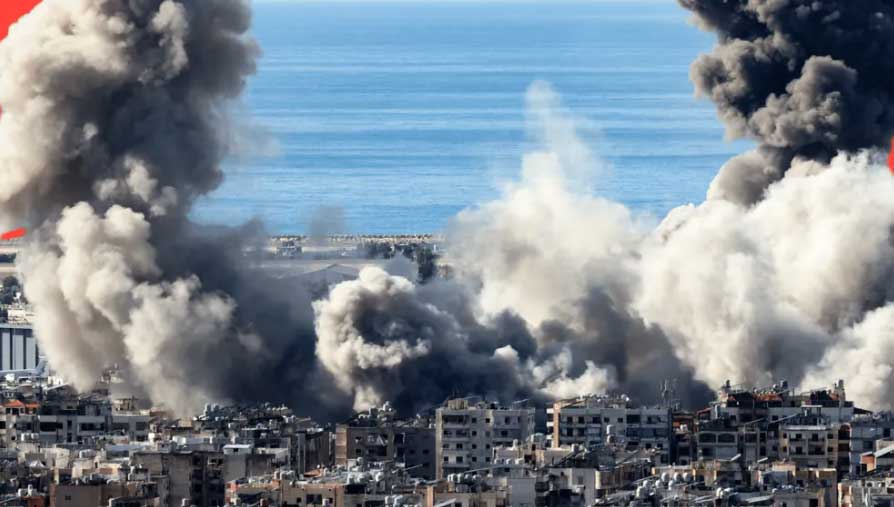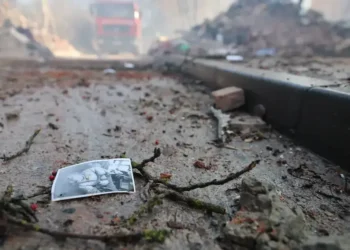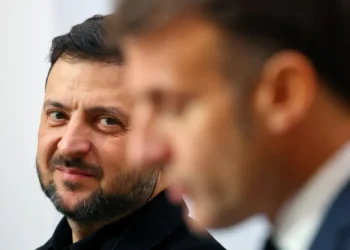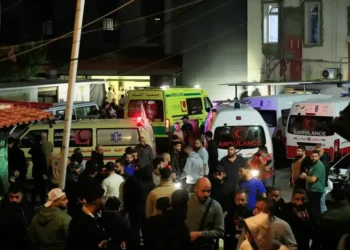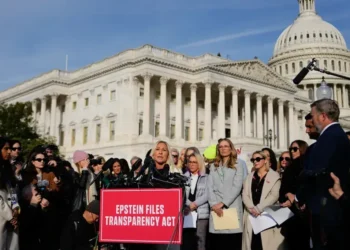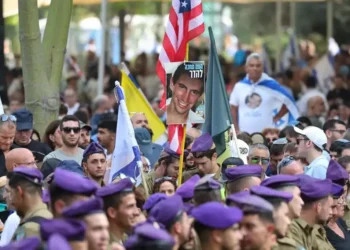The Lebanon Ceasefire: A Brief Pause, Not a Lasting Solution for the Middle East
For the people of Lebanon, the ceasefire has brought much-needed relief, though it remains far from a solution to the region’s deep-rooted conflicts. As one Lebanese analyst shared during a conference in Rome, anticipation for the ceasefire felt like “the night before Christmas as a child.”
Devastation in Lebanon
The Israeli strikes on Lebanon have left over 3,500 people dead, displaced more than a million, and destroyed countless homes. Displaced families eagerly return to find what remains of their homes, their lives upended.
Mixed Reactions in Israel
Not everyone views the ceasefire as a positive step. In Israel, opinions are split. Some see it as a missed opportunity to inflict further damage on Hezbollah. Leaders in Israel’s northern regions, which have been heavily evacuated, voiced frustration, demanding more aggressive action or guarantees of safety.
Polls show that many Israelis believe Hezbollah has not been sufficiently weakened, and doubts remain over whether the ceasefire will hold. Calls for a buffer zone in southern Lebanon reflect the tension and lingering fear among Israeli communities near the border.
A Ceasefire Months in the Making
The idea of a ceasefire isn’t new. At the UN General Assembly in September, diplomats believed an agreement based on Security Council resolution 1701 was close. The resolution outlined steps for Hezbollah to pull back from the border, UN peacekeepers and the Lebanese Armed Forces to move in, and Israeli forces to gradually withdraw.
However, Prime Minister Netanyahu resisted any pause in Israel’s operations, escalating tensions by ordering the assassination of Hezbollah leader Hassan Nasrallah and his top commanders. This marked a turning point, as Israel unleashed significant damage to Hezbollah’s military capabilities, altering the balance of power in the conflict.
Why Netanyahu Agreed to Pause
Israel’s decision to halt its offensive stems from several factors. Netanyahu cited the need to “give our forces a breather and replenish stocks.” He also emphasized the importance of breaking Hezbollah’s link to Gaza and refocusing on the broader Iranian threat.
Iran, a key supporter of Hezbollah, also has reasons to welcome the ceasefire. The damage to its “axis of resistance” and Hezbollah’s diminished deterrence capabilities have forced a tactical pause. Iran’s missile strikes on Israel following Nasrallah’s assassination failed to reverse the setbacks.
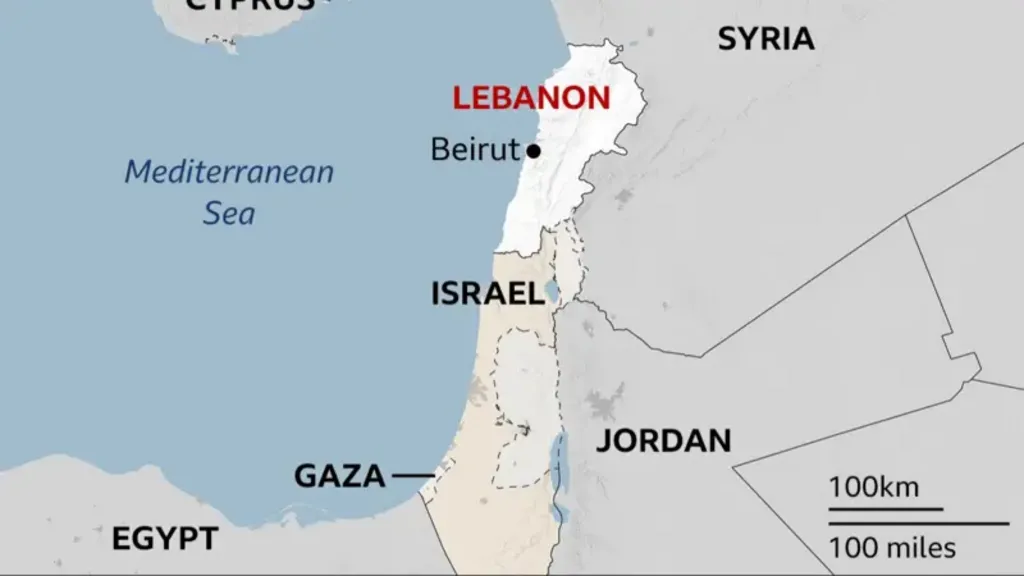
A Fragile and Temporary Peace
The ceasefire in Lebanon is tenuous. It is designed to allow both sides to regroup rather than to address underlying issues. Many fear it is only a matter of time before hostilities resume.
The Broader Context: Gaza and Beyond
The situation in Gaza remains far more complex and volatile. Unlike Lebanon, where the focus is on border security, the conflict in Gaza encompasses issues of revenge, political survival, and a rejection of Palestinian aspirations for statehood.
The return of Donald Trump to the Oval Office could further complicate matters. While some optimists hope he might pursue bold diplomatic moves, others fear he may abandon the two-state solution entirely, paving the way for annexation of key Palestinian territories.
The Path Forward
The Middle East remains caught in a cycle of war and violence. Lasting peace will require addressing the core political fractures, especially the unresolved conflict between Israel and the Palestinians. As history shows, military victories alone cannot bring peace to a region plagued by a century of conflict.
The ceasefire in Lebanon offers a temporary reprieve, but it is far from a solution. Without meaningful efforts to resolve these deep-seated disputes, the region is destined to face more generations of war and instability.
Listen to Jeremy read this article.
This article was rewritten by JournosNews.com based on verified reporting from trusted sources. The content has been independently reviewed, fact-checked, and edited for accuracy, neutrality, tone, and global readability in accordance with Google News and AdSense standards.
All opinions, quotes, or statements from contributors, experts, or sourced organizations do not necessarily reflect the views of JournosNews.com. JournosNews.com maintains full editorial independence from any external funders, sponsors, or organizations.
Stay informed with JournosNews.com — your trusted source for verified global reporting and in-depth analysis. Follow us on Google News, BlueSky, and X for real-time updates.
